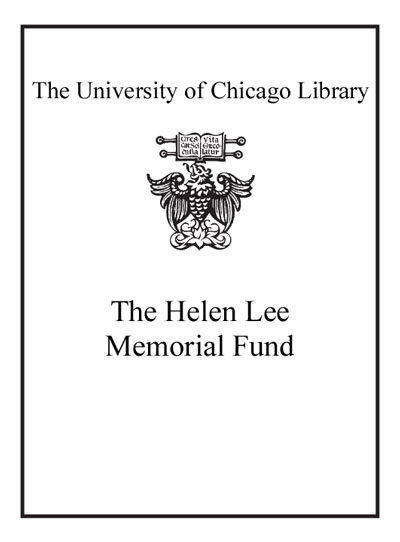What is it, about this wanderlust? The ineffable desire to travel, surely; to reach out for a space in which the serendipity of experience is allowed to unfold onto itself and into a life journey? Wanderlust takes us into the world of Megan Speers in this wordless novel about a punk engaged in a precarious youth culture attached to the defiant lifestyle of a small town outsider. Booze, dumpster diving, skate boarding and busking for small change are seen not merely as lifestyle choices of the frivolous, but also as a determined repudiation of society's rigid expectations. One could argue that Speers' story is an archetype evolved from the biblical parable of The Prodigal Son, but told from a female perspective, with the addition of contemporary phraseology, and without the weight of the moral. The parable does have a rich history in graphic storytelling, in which artists as diverse as Albrecht D?rer and Rembrandt have often chronicled the folly of the youthful wanderer, but this visual narrative at hand offers us a fresh approach to a story that ends, not in chastened acquiescence, but in a new appreciation of life as a path. And yet, as the Buddha advises, `There are no paths, paths are made by walking.' Why, then, would an artist as young as Megan Speers put herself through the considerable trouble of laboriously cutting her story into wood, on the one hand; and yet leave the reader `wordless', on the other? Marshall McLuhan coined the phrase, `The medium is the message,' and so it is, as we have it here, a wanderlust laid out before us in the medium of fifty images engraved onto blocks the artist has crafted herself from Canadian maple. Just as culture and communication theorists from Harold Innis to J?rgen Habermas have bemoaned the loss of oral tradition in a world obsessed with instant gratification and dominated by a mass media that discourages contemplation and reflection, so here we harken back to one of the most universal of languages, that of the picture, to articulate and interpret. In the end Megan Speers asks that we read her story in any language the reader can best use to visualize a time and a place that is not long on recorded history. As the artist says ... `Wordless books are great for telling strange but somehow universal stories. Adolescence seems to be universally strange.' Excerpted from Wanderlust All rights reserved by the original copyright owners. Excerpts are provided for display purposes only and may not be reproduced, reprinted or distributed without the written permission of the publisher.

